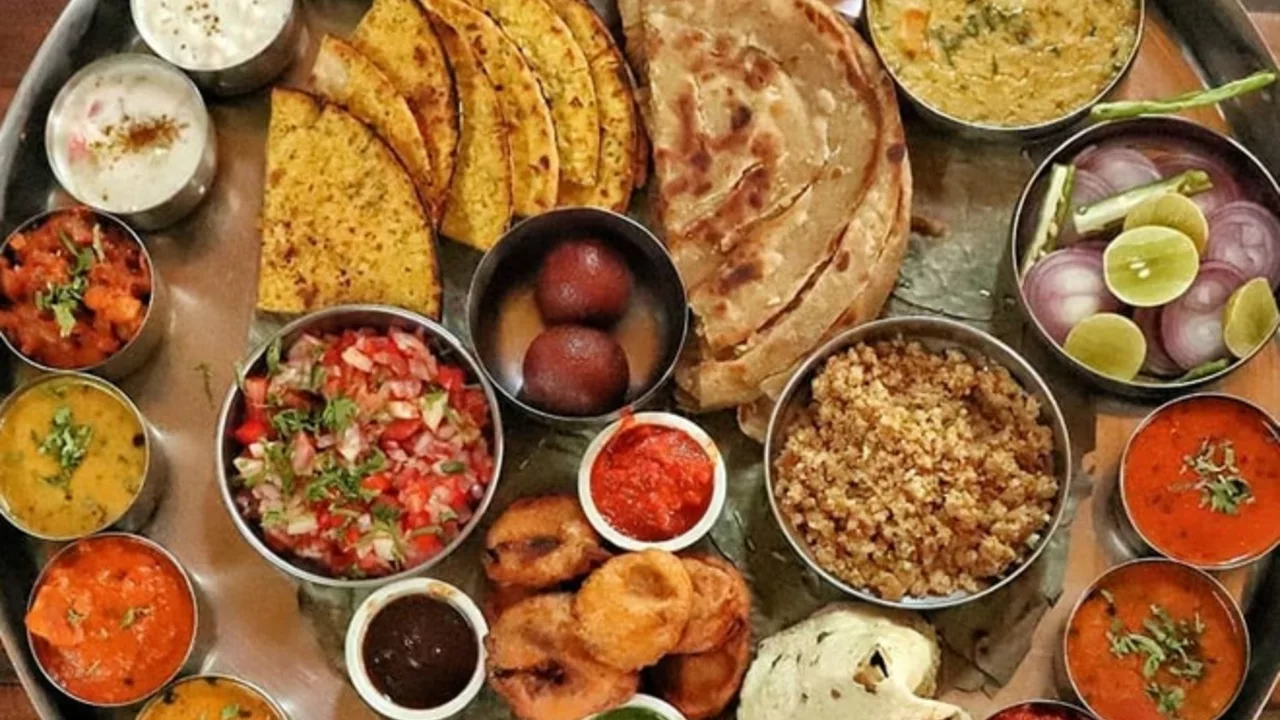Traditional Recipes That Bring Home the Flavour
Ever wonder why grandma’s cooking always tastes better? It’s not magic – it’s the tried‑and‑tested methods passed down through generations. In this guide we’ll break down the basics of traditional cooking, share a few crowd‑pleasers, and give you shortcuts that keep the authentic taste without the hassle.
Why Traditional Recipes Still Matter
First off, traditional recipes are cultural snapshots. Each dish tells a story about where it came from, what ingredients were available, and how families celebrated. When you follow a classic recipe you’re not just making food, you’re keeping a piece of history alive.
Second, they’re built on balance. Long before food scientists existed, cooks learned that a pinch of spice, a splash of acid, and a slow simmer create harmony on the palate. That balance is why a simple lentil dal or a hearty pot roast feels so satisfying.
Finally, traditional dishes are forgiving. Because they’ve survived dozens of cooks, they usually tolerate small tweaks – swap one herb for another, use a different grain, or adjust cooking time for a modern stove. That flexibility makes them perfect for busy weeknights.
Getting Started: Simple Steps for Classic Dishes
1. Gather the basics. Most heritage recipes rely on pantry staples: rice, flour, dried legumes, spices, and a few fresh veggies. Keep a stocked pantry and you’ll be ready to throw together a meal in minutes.
2. Prep like a pro. Traditional cooking often starts with chopping, soaking, or marinating. Set a timer for soaking beans or marinating meat while you prep the rest of the ingredients – it saves time and boosts flavour.
3. Respect the heat. Whether you’re simmering a stew low and slow or searing meat hot and fast, the right temperature makes the difference. If a recipe calls for a gentle boil, keep the flame low; a rapid boil can break down delicate textures.
4. Taste as you go. Generations of cooks learned to adjust seasoning on the fly. Keep a spoon handy, taste after each stage, and add salt, pepper, or a squeeze of lemon to keep the dish lively.
5. Finish with a personal touch. A drizzle of ghee, a handful of fresh herbs, or a sprinkle of toasted nuts can elevate a humble recipe to restaurant quality. It’s your chance to add a signature twist without breaking tradition.
Let’s put these steps into action with three easy‑to‑make classics:
- Masala Dal – soak red lentils for 15 minutes, sauté onions, garlic, and cumin, add tomatoes and spices, then simmer with the lentils until soft. Finish with a splash of lemon juice and fresh cilantro.
- Chicken Stew with Root Veggies – brown chicken pieces, deglaze with a cup of broth, toss in carrots, potatoes, and peas, then let everything slow‑cook for 45 minutes. A bay leaf and thyme give it that comforting aroma.
- Sweet Rice Pudding – cook rice in milk, stir in sugar, cardamom, and a pinch of saffron. When thick, stir in raisins and finish with a garnish of toasted almonds.
Each of these dishes uses ingredients most kitchens already have, follows the simple steps above, and delivers the nostalgic taste you’re after.
Ready to bring tradition to your table? Grab a pot, pick a recipe, and start cooking. The flavours of the past are just a few simple steps away, and the best part is you’ll create new memories every time you serve them.
What are some Indian cooking hacks?
In my recent exploration of Indian cuisine, I've discovered some fascinating cooking hacks. For instance, using a pinch of sugar enhances the color of gravies and curries. Another great tip is to add a bit of ghee (clarified butter) at the end to give dishes an extra richness. Also, Indian cooks often roast spices before grinding to enhance their flavors. Lastly, adding a few drops of lemon juice while cooking lentils can speed up the cooking process.
View more